It’s fantastic to see the works in progress.

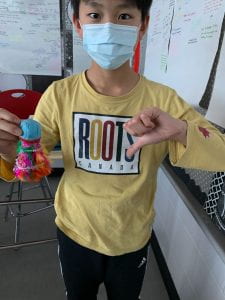
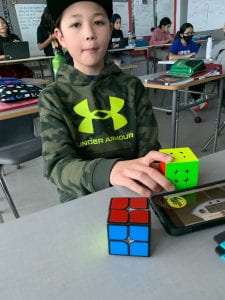
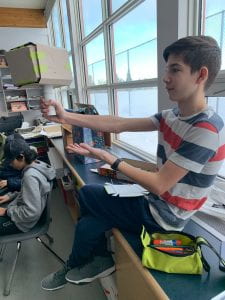



It’s fantastic to see the works in progress.






With Genius Hour, there’s no curriculum for me to measure you against. There’s no quiz or test I can give you to check if you’ve learned what you set out to. Instead, you have to demonstrate your learning with your weekly blog post. There are two key elements I’d like you to cover: evidence of learning and reflection on learning.
Evidence
Give me some proof that you’ve been working. That evidence might take the form of photos or video. That evidence might be a copy of the email you sent to an expert. It might be a description of a conversation you had with an expert. Don’t be afraid to showcase your first attempts and your failures; they’ll help to make it obvious that you’ve learned and improved by the end.
Reflection
Think about what you’ve learned. Here are some possible sentence stems to include in your weekly post:
In your blog post today, please share your plan. Some things to include:
Here are some things to think about when you’re coming up with a percentage with which to open negotiations:
Here are the questions I want you to consider as you plan for your Term 2 Genius Hour project. Answer them with a blog post of your own:
Thanks to Silvia Rosenthal Tolisano for the KWHLAQ chart idea.
I have two teen-aged children of my own and they’ve been grumbling because their teachers don’t do genius hour. I told them they didn’t need a class, just an hour of their own each week. My eldest decided we should have family genius hour.
My project will be baking breads from scratch. I know a little bit about it. I have a bread maker and sometimes use it to make the dough and finish the loaf or buns by hand. I’ve also made cinnamon buns using my grandmother’s scratch recipe, but I’d like to really explore bread baking.
Today I started by reading a couple of articles about how to bake bread from scratch. I decided to start with a French style loaf since that suits tonight’s supper well.
I was surprised to learn how much kneading is required – 10 to 13 minutes if you do it by hand! That’s a pretty good workout!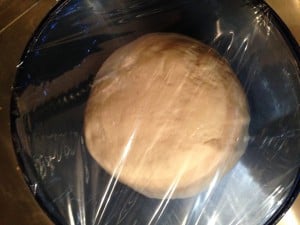
Kneaded and ready for rising
I incorporated a couple of tips that were new to me: I warmed my bowl before mixing the dough by pouring hot water in; and I covered the dough with plastic wrap for warming. In the past I’ve used a tea towel, but I have had the dough stick to it a couple of times.
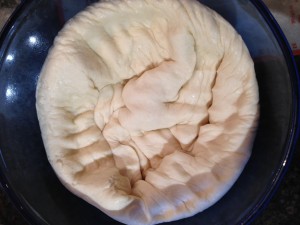
Punched
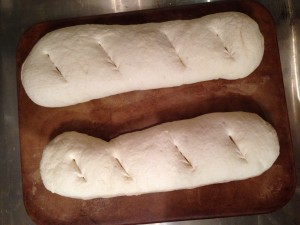
A little uneven, but ready for the oven
I tried the steam feature on my oven as I read that improves the crust.
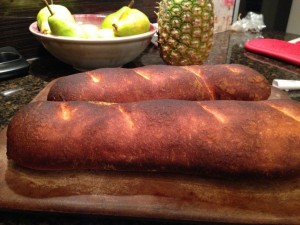
Oops, cooked a little more quickly than expected. I think I’ll drop the temperature next time.
I’ll do a few things differently next time. I’ll knead directly on the clean counter top like the recipe suggested. My rolling mat just kept sliding around, annoying me, while I kneaded. I’ll also do some research on kneading techniques since my dough didn’t past the kneading test even after 14 minutes of kneading.
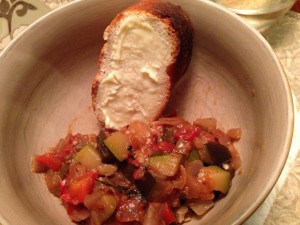
Supper – my bread and the leftover ratatouille I made for my Grade 8 French class
